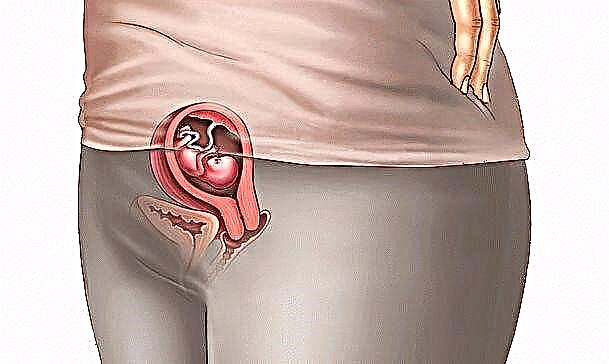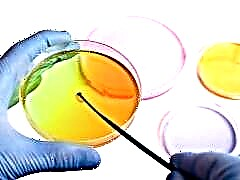
To determine many hidden bacterial infections that occur during pregnancy, urine culture is examined. This research is carried out quite often in gynecology. This article will help expectant mothers to understand when a urine culture is prescribed and how to prepare well for it.
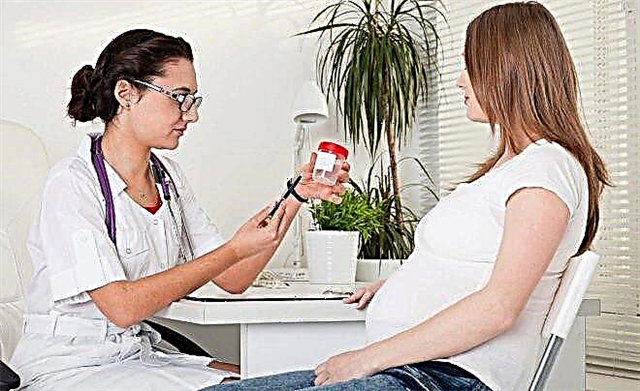
In what cases is it carried out?
It is possible to determine the causative agents of various infections of the urinary tract and kidneys only by conducting a bacteriological study of urine. This analysis is currently performed in almost every laboratory. You can donate urine for such a study both in a regular gynecological clinic and in a private medical center.
The risk of infection of the fetus with microbes is quite high. Bacteria, being rather small, perfectly penetrate the placental barrier. Getting into the systemic circulation of the fetus, they can lead to the development of various pathological conditions in him. The study of urine in this case allows you to identify such pathogens in a fairly short time.
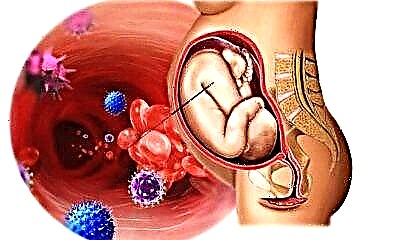
This study can be assigned to expectant mothers who have various diseases of the urinary organs and kidneys.
In this case, it is not at all necessary that these pathologies proceed in their stage of exacerbation. In some situations, even latent pyelonephritis can manifest itself as characteristic changes in the general analysis and bacterial culture of urine. In this case, as a rule, the appointment of special urological drugs is required to correct the arisen disorders.
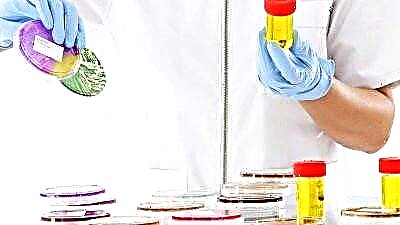
Even with the physiological course of pregnancy, proceeding without various abnormalities, doctors may prescribe this study twice. They are necessary to exclude all "mute" pathologies that can lead to the development of various pathological conditions in the fetus. Usually this the examination is carried out at 9-12 and 35-36 weeks pregnancy.

If a pregnant woman suffers from diabetes for a long time, especially with a constantly high blood sugar level, then in this case, a bacteriological study of urine may also be required. Persistent hyperglycemia can damage the kidney tissue. This condition is extremely unfavorable, especially during pregnancy.
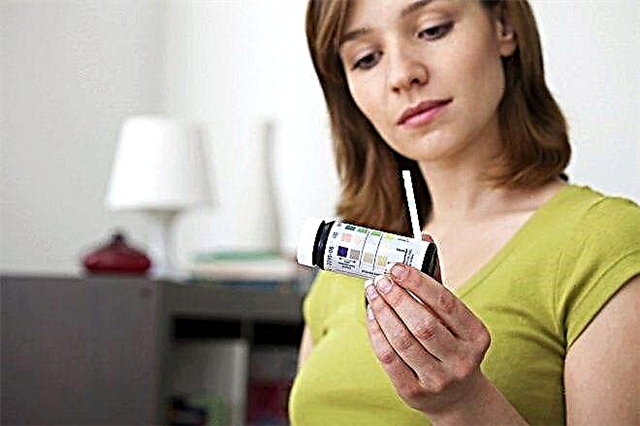
A seeding tank can be prescribed by a doctor even if a protein was detected in the urine of a pregnant woman during the screening. In this situation, it is imperative to exclude chronic pyelonephritis in the expectant mother, which proceeds without pronounced clinical signs.
If a pregnant woman had urolithiasis before conception, then in this case, bakseeding will also not be superfluous. This disease is quite often accompanied by inflammation of the kidney tissue and urinary tract. A complication of this condition is the appearance of various pathogenic microbes in the urine. This can be easily determined by conducting a bacteriological study on a pregnant woman.
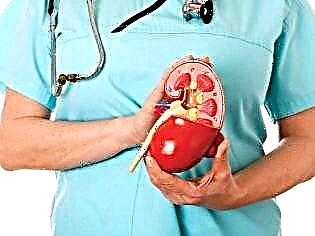
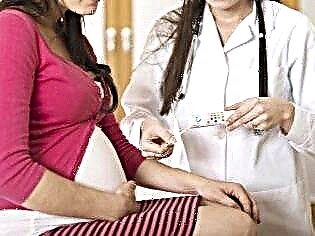
The emergence of suddenly developed severe pain in the lower back, an increase in body temperature to febrile values, the development of severe edema on the body - all these symptoms also require an extended complex of diagnostics. It also includes bacterial sowing. Quite often, these adverse symptoms are the result of an exacerbation of pyelonephritis. In such a situation, an urgent consultation with a urologist and the appointment of uroseptic drugs that can be used during pregnancy are required.

How to collect urine correctly?
Before taking a bacteriological analysis, it is very important to follow a few basic rules. They are necessary to ensure that the result of the study performed was as informative as possible. Usually, gynecologists give small instructions and recommendations to pregnant women who come to their appointment on how to properly collect urine for research.

Before the analysis, doctors recommend that pregnant women do not eat any brightly colored fruits, berries and fruits. They can stain the urine bright yellow, orange, or red.
This can significantly complicate the diagnosis and even lead to an unreliable result. As a rule, the use of beets or boiled carrots on the eve of the test often leads to staining the urine sediment in red.

Dinner before urine collection should be made as easy as possible. Do not overuse fatty, fried or overly salty foods. Such food can lead to the fact that the obtained test results may be inaccurate.
Any physical activity should be excluded before delivery of bacterial sowing. Only walking at a slow pace is allowed. It is better to postpone yoga classes for pregnant women, climbing stairs to several stairways at once or cleaning an apartment until after the procedure.

On the eve of the study, if possible, you should limit the intake of diuretics (diuretics). Before doing this, you must be sure to consult your doctor... In some situations, this cannot be done, as unpleasant consequences may arise. However, taking diuretics can lead to the test result being somewhat inaccurate.
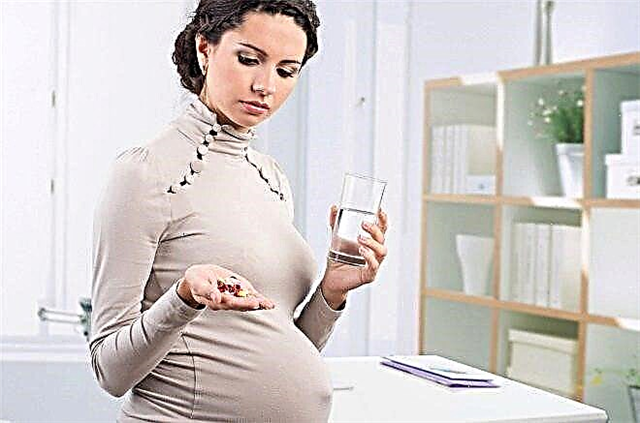
The drinking regime before the bacteriological sowing remains the same. Pregnant women about to get tested should not restrict their intake of fluids.
The exception is women suffering from severe edema and gestosis. In this case, the use of liquid should be strictly dosed.
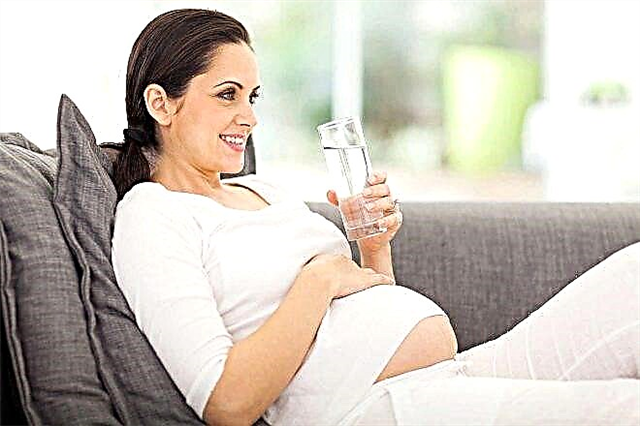
Hygiene of the external genital organs is an important point in preparation before conducting such an analysis. It should be remembered that when collecting material for bacterial sowing, compliance with hygiene rules plays an essential role.
Before taking fluid, be sure to rinse the external genitals well.... This can be done with ordinary running warm water. You should not boil water or use special antiseptic agents before collecting a urine sample for bacterial culture. After washing the genitals, they should be gently blotted with a clean, ironed towel.
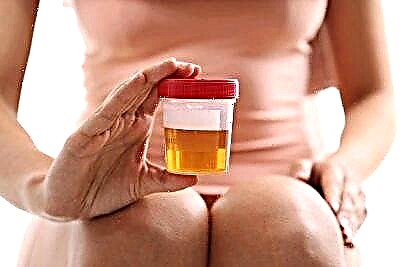
Collect urine for research in the morning. Usually doctors recommend doing this immediately after waking up. The container in which urine will be collected should be as clean as possible. If it is possible to use a sterile container, then it will be a great success. As a rule, such containers are used only in hospitals.
Currently, pharmacies sell special plastic containers in which you can collect urine for research. They are twisted with a special lid. This prevents the collected liquid from spilling during transportation to the laboratory or introducing additional microbes from the environment.
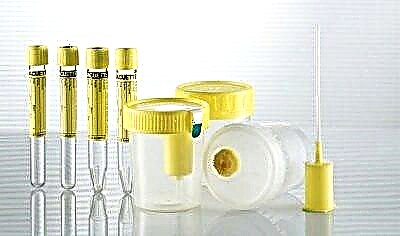
Many mothers bring urine collected in a glass jar from baby food for testing. This container is not suitable for collecting bacterial crops. This is explained by the very poor-quality processing of the dishes. Microscopic food debris left on the walls of such a jar can lead to the fact that after the study, unreliable results will be obtained.
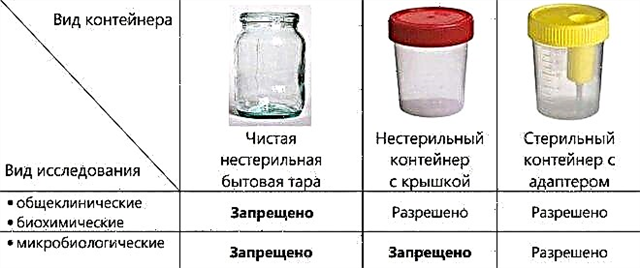
Collect for research should be a medium portion... To do this, you must first urinate in the toilet. This is called primary urination. Usually 2-3 seconds are enough for the first portion to pass. At the same time, the next volume of released fluid is collected for research. Usually it is required for analysis of about 80 ml.
The next very important step is the transportation of the analysis to the laboratory. This should be done 1.5-2 hours after collection biological material. Longer transport times will cause the results to be inaccurate.

In the hospital setting of a medical institution, invasive urine collection methods are also carried out. These include suprapubic puncture as well as catheterization. These methods are quite traumatic and should only be performed by experienced professionals.
The wrong technique for performing these studies can cause various damage. Usually, the collection of analysis in this way is performed only in situations where it is impossible to collect urine for research in the usual way. Typically, these cases occur with various previous injuries of the urethra.

Decoding
Most often, doctors try to detect various types of staphylococci, streptococci, anaerobic microorganisms, and fungal flora. Usually, these pathogens are quite well detected using urine bacterial culture. There are certain norms that apply at different periods of pregnancy. The attending physician will help to decipher the analysis performed.
As a rule, the bacteriological result is assessed using "+" and "-". These signs are placed near each type of investigated microorganisms. They indicate their presence or absence in the resulting sample. A high concentration of microbes can be expressed in two or three pluses. In this case, doctors say that the test is positive for a certain type of bacteria.
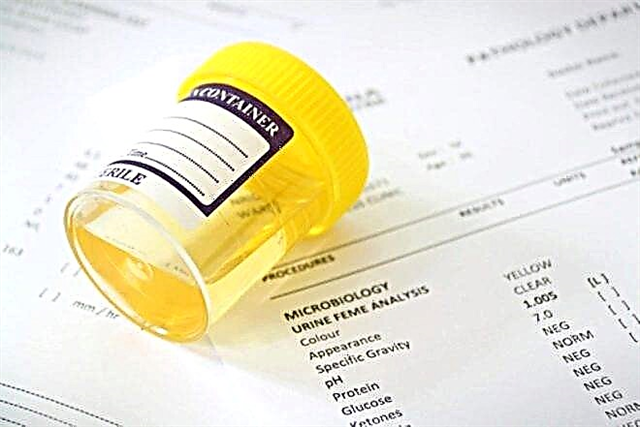
The “-” sign indicates that these microbes were not found in the obtained sample. This analysis is called negative.
To quantify, doctors use special units of measurement called colony-forming or CFU. They are calculated per 1 ml of the test liquid. Scientists believe that 1 CFU is one microorganism that contributed to the emergence of one large colony.
The results are assessed quantitatively. So, 1000-10000 CFU / ml indicates that the test result is doubtful. In this case, doctors will usually recommend that the pregnant woman retake this laboratory test.
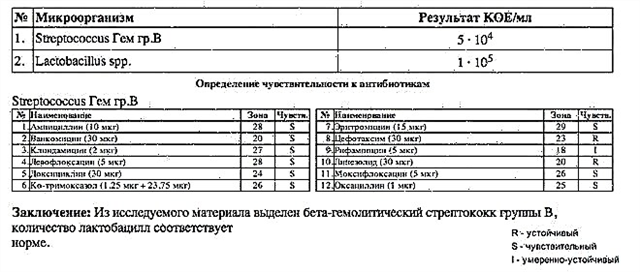
Less than 1000 CFU indicates that there are no pathological abnormalities in the presented sample. Such tests are found in uncomplicated pregnancy, as well as in situations where the expectant mother does not have any signs of kidney and urinary tract diseases.
An increase in the index above 10,000 CFU / ml, as a rule, is an unfavorable sign. This situation develops in the presence of urinary tract infections or various kidney pathologies. In this case, a more detailed implementation of additional auxiliary diagnostic methods is required. Also, in such a situation, a pregnant woman must be sent for a consultation with a urologist.
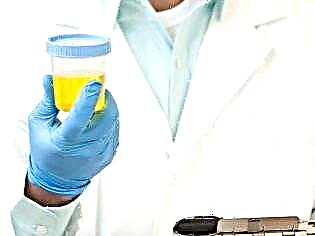
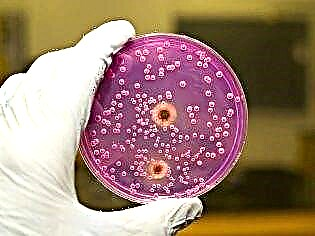
For information on how to correctly pass urine for bacterial culture during pregnancy, see the next video.

